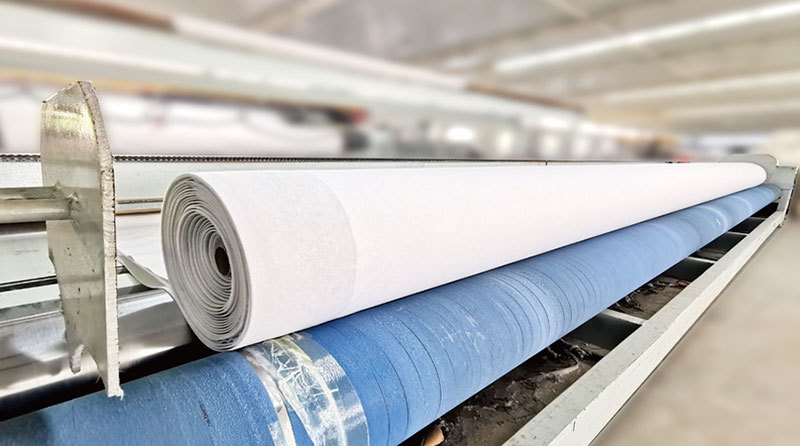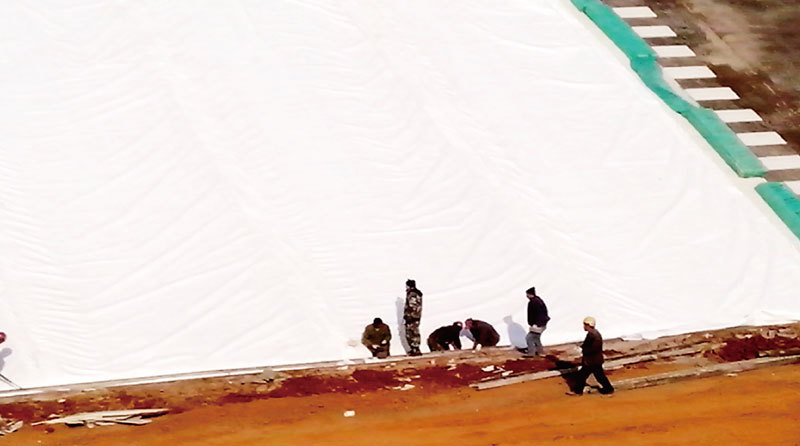Filament Composite Geomembrane
Classification :
PRODUCT DETAILS
Product introduction
Filament composite geomembrane is a new type of composite geosynthetic material made by hot pressing high-strength polyester filament geotextile and polymer anti-seepage membrane (such as HDPE or LDPE membrane). Its core advantage lies in combining the high tensile strength and wear resistance of geotextile with the excellent anti-seepage property of geomembrane, which makes it have strong physical and mechanical properties and stable chemical corrosion resistance. Compared with traditional single materials, filament composite geomembrane has better performance in construction durability, anti-seepage effect, and structural stability, and is one of the commonly used anti-seepage and reinforcement materials in modern civil engineering.
 |
 |
Construction technology
The construction process of composite geomembrane is divided into two links: channel bottom laying and slope laying. During the construction process, the operation should be strictly by the specifications to ensure the anti-seepage effect and structural safety.
When lying at the bottom of the channel, horizontal paving should be carried out along the axis of the channel. Construction should be carried out under dry weather and no strong winds to prevent the material from getting damp or being blown. When laying the geomembrane, it should be unfolded in a wavy relaxation manner, leaving about 1.5% fullness to avoid the membrane from being pulled apart due to temperature difference or stress concentration. The geomembrane, after spreading, should be flattened in time to keep the surface flat and fully fit with the bottom of the channel, without wrinkles, bulges, etc.
In the slope laying stage, the composite geomembrane needs to be laid from top to bottom along the axis of the slope on the basis of the qualified slope. The slope paving membrane is connected with the bottom membrane body by J-type connection to ensure that the interface is tight, continuous, and has good anti-seepage performance. After laying, check whether the slope membrane body is close to the slope surface and whether the whole is flat and wrinkle-free.
During the entire construction process, operators should wear flat cloth shoes or soft-soled rubber shoes to enter the construction area. It is strictly forbidden to wear hard-soled shoes such as spiked shoes to enter the membrane surface operation area to prevent puncturing the membrane. If the membrane material is found to be damaged, it should be repaired immediately to ensure the integrity of the anti-seepage system and the quality of the project.
Performance characteristics
This product has many significant features. First, it has excellent mechanical properties. The filament geotextile is a continuous fiber structure with high tensile strength and good ductility, which can effectively resist foundation settlement and uneven deformation.
Secondly, it has strong anti-seepage ability, and the composite membrane layer structure can effectively block the penetration of water, chemical liquids, and harmful gases.
Third, it is convenient to construct, the membrane cloth is tightly combined, has good heat-sealing properties, and is suitable for hot-melt welding and rapid laying.
In addition, the material also has good resistance to UV rays, acid and alkali, and aging. It can be used outdoors for a long time without being easily damaged, and can adapt to various complex environments and climatic conditions.
Purpose of action
Filament composite geomembrane is widely used, mainly for the anti-seepage layer of reservoirs, channels, dams, and artificial lakes in water conservancy projects; in the field of environmental protection, it is used for anti-seepage and anti-leakage in landfills, sewage treatment pools, chemical pools and other places; in the construction of transportation infrastructure, such as highways, railway roadbeds, tunnels, culverts and other projects, it plays a role in reinforcement, isolation, and anti-seepage.
At the same time, it is also suitable for waterproofing systems of agricultural irrigation systems and aquaculture ponds. With its excellent comprehensive performance, filament composite geomembrane has become one of the important materials to ensure project quality, extend service life, and improve safety factors.
PROJECT CASES
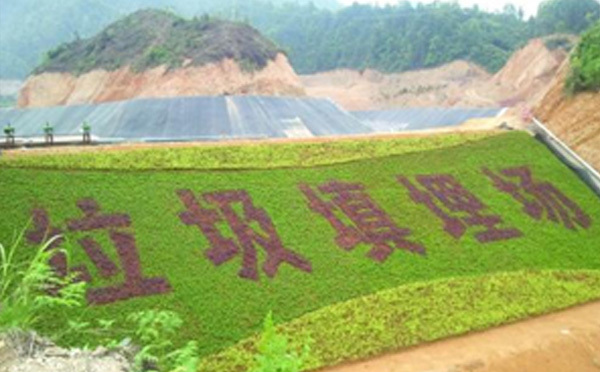
Landfill
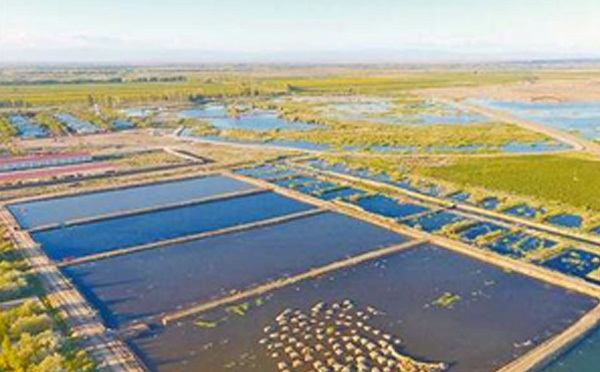
Agriculture/Aquaculture

Artificial lake/wetland park

Chemical/Solid and Hazardous Waste Containment
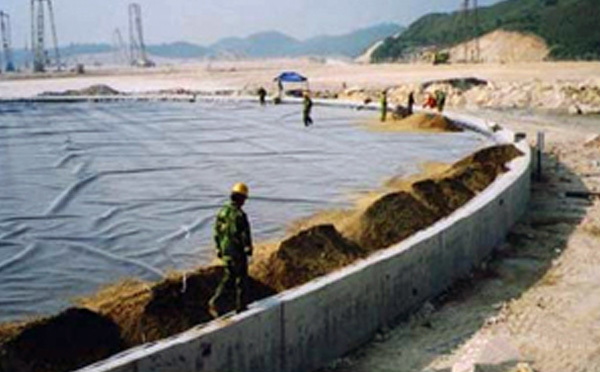
Refinery/tank containment
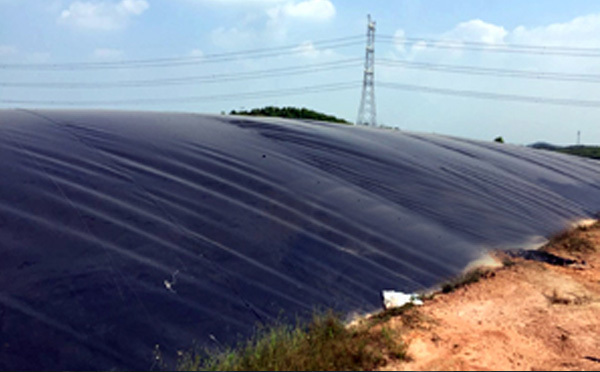
Conditioning tanks/biogas digesters
TESTING EQUIPMENT

Testing Equipment8

Testing Equipment7

Testing Equipment6

Testing Equipment5

Testing Equipment4

Testing Equipment3

Testing Equipment2

Testing Equipment
FAQ
What is the application of geomembrane in road construction?
Geomembrane price how much is a square meter?
What is the difference between HDPE and LLDPE geomembrane?
RELATED PRODUCTS
GET A FREE QUOTE


